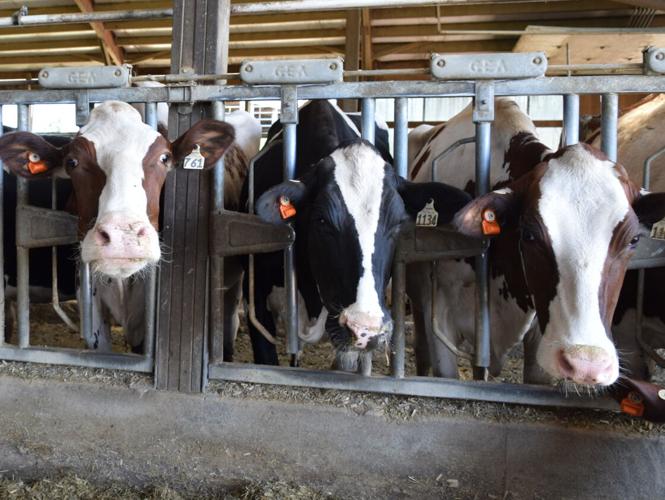U.S. dairy exports to Southeast Asia gained 25 percent in July, the largest single-month gain in more than two years, which also came on the heels of a similarly impressive June.
The gains in July were spread across multiple products but ingredients were the clear winner. U.S. nonfat-dry-milk and skim-milk shipments to the region gained 23 percent thanks almost entirely to a 6,003-metric-ton growth in shipments to the Philippines. U.S. reduced-protein whey improved by 27 percent, continuing an almost year-long stretch of growth. Just as in nonfat-dry-milk and skim-milk products, the Philippines accounted for the majority of the growth to the region by more than tripling its purchases compared to the same month the year prior.
After three straight years of declining exports, two months of growth do not yet constitute a new trend for U.S. dairy exports to Southeast Asia – especially given limited milk-powder production in the United States. But there are positive factors that are working in our favor and could signal future growth ahead, even if challenges remain during the next several months.
Fundamentally, demand in the region is improving thanks to several factors.
• inflation cooling rapidly throughout the region
• an improved economic outlook boosting spending power
• reduced palm-oil prices increasing demand for fat-filled milk powder and other blends utilizing whey or skim milk powder
Global trade to the region – from all exporters, not just the United States – improved by 9 percent in the first half of 2024.
Unfortunately, other suppliers have captured most of the growth in demand. New Zealand’s exports to the region climbed 6 percent from January to June, the European Union 27 gained 9 percent and Australia’s shipments increased an astonishing 77 percent. Effectively, with China’s purchasing remaining well less than prior years, Oceania and European exporters are focusing on regions where demand is growing. They hold critical advantages, especially on tariffs in the case of New Zealand and Australia. As such, with growing demand in Southeast Asia and a tight milk-supply situation in Europe, the United States has the potential to grow exports to the region. But competition will remain fierce for market share so long as China’s demand remains subdued.
China outlook improves
Speaking of China, U.S. reduced-protein-whey exports to China improved for the fourth-straight month in July, improving 36 percent. Monthly volumes during that span have been similar to each other, with little to indicate there’s been an acceleration in demand even as the pork market in China has firmed. Even still, the whey complex in China appears the strongest dairy category in the market.
Through the first six months of the year, global shipments to China have decreased by 9 percent, with reduced-protein whey accounting for a relatively small share of the decline. Furthermore, global reduced-protein shipments to the country improved in the second quarter; if the U.S. data reflects broader trends, July will be similarly positive. The increase in piglet prices and expansion of investment in pig-breeding facilities should boost whey demand as China looks to rebuild its pork supply. Demand is still relatively soft for pork given the economic dynamics in the country, but with increased prices and tight pork supplies, the incentive to expand pork production – and thus whey demand – should boost U.S. whey – and therefore dairy – exports to China.
But even as whey turns positive, China’s demand outlook for the rest of the dairy portfolio looks questionable. China’s economic struggles have continued in 2024, limiting demand growth for fluid products, food-service and discretionary spending in general. And with China’s emphasis on growing domestic production despite sluggish consumer demand, raw-milk prices continuing to decrease – suggesting an oversaturated market. Profitability struggles on farms are all contributing to the rapid decrease in imports, particularly of milk powders. China’s recent announcement of import tariffs against select dairy products from Europe could open opportunities to alternative supplier, including the United States. But given demand dynamics in the country and ample local-milk supplies, growth in U.S. exports to the country outside the whey complex appear doubtful in the near future.
Visit blog.usdec.org for more information.
You can now read the most important #news on #eDairyNews #Whatsapp channels!!!
🇺🇸 eDairy News INGLÊS: https://whatsapp.com/channel/0029VaKsjzGDTkJyIN6hcP1K
























